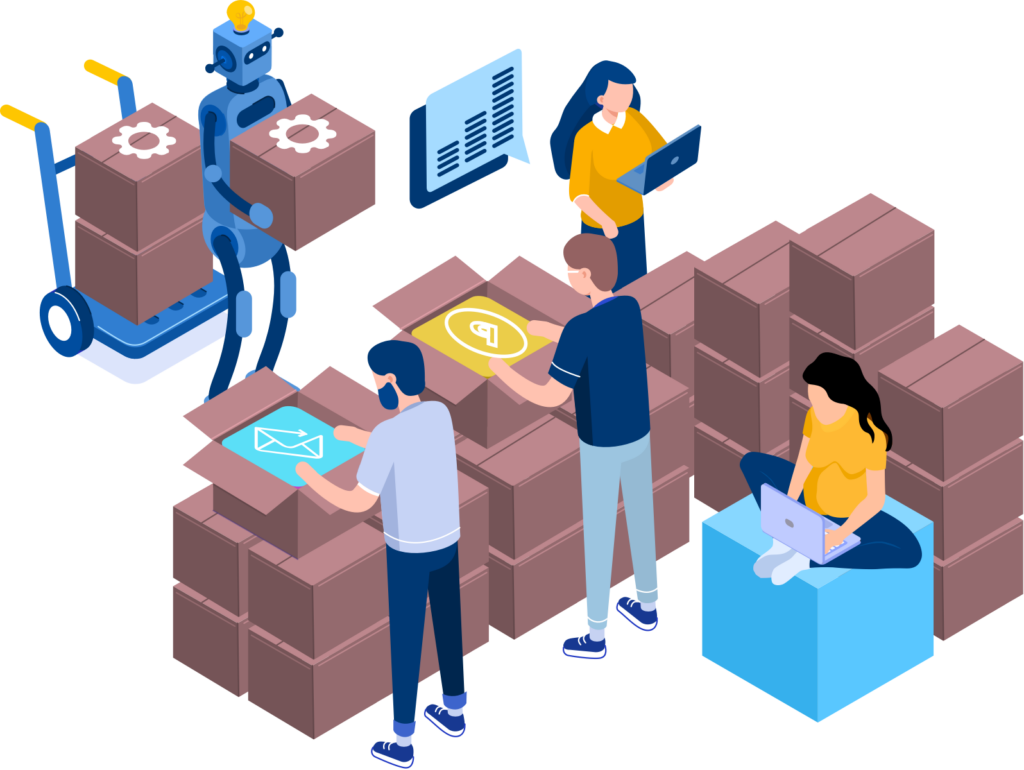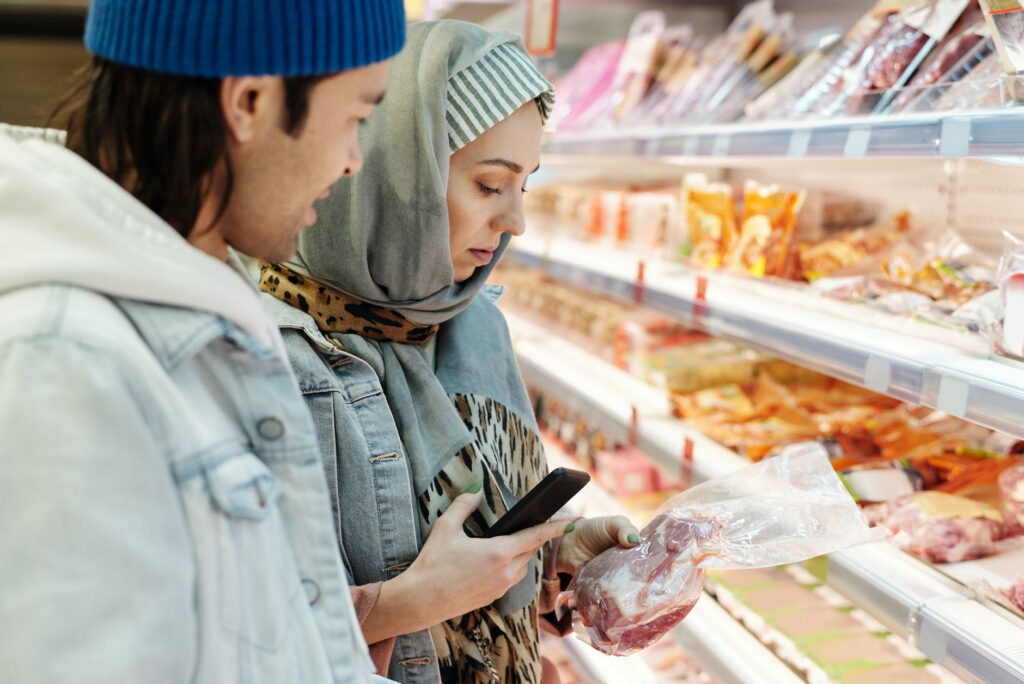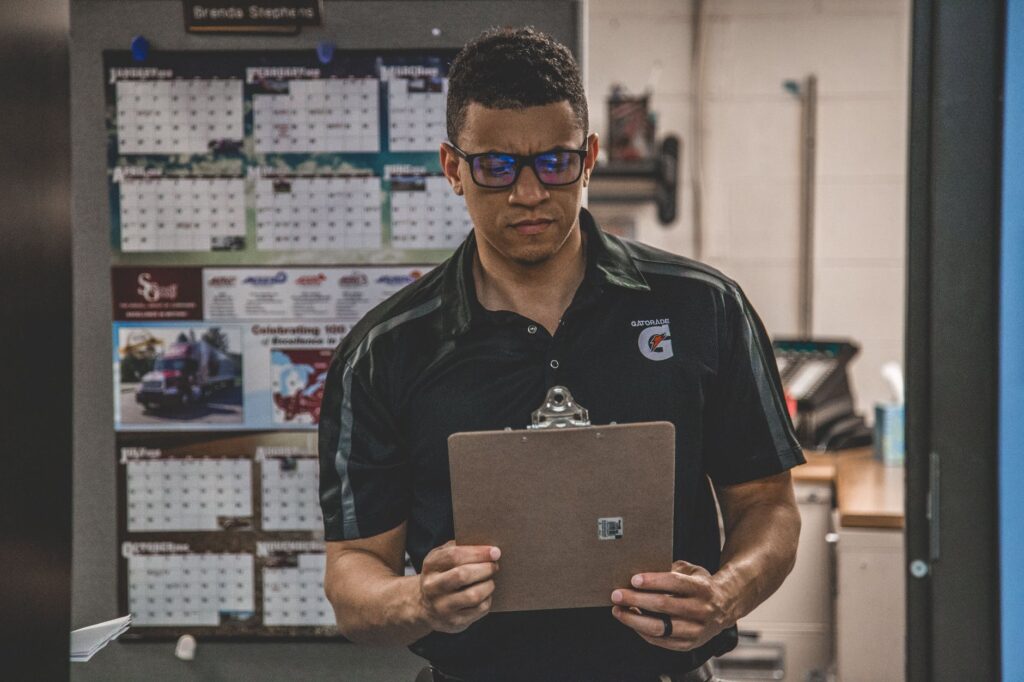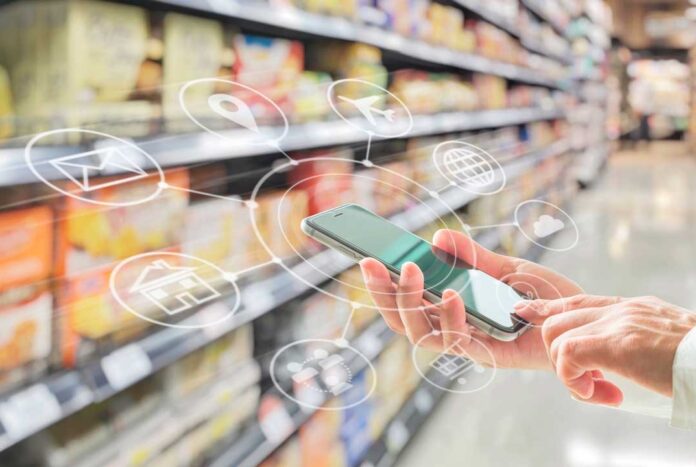The Internet of Things is already changing the retail industry for customers, but it’s also making major changes behind the scenes.
Retail sales are expected to reach over $22 trillion by 2024 and with that in mind, retail brands and solutions providers alike must figure out ways to increase their own efficiencies and provide better experiences for consumers.
It In Management

According to Softengi one way IoT technology can help them do this is through better inventory management.
IoT sensors help retailers deploy effective physical and digital security systems, improve customer relations with real-time location tracking, and reduce shrinkage. Intersect ENT provides data analytics software to help businesses connect with current or potential customers.
Another way IoT can influence the future of retail is through the rise of automated stores.
IoT kiosks augmented reality (AR), and virtual/augmented reality (VR) are all becoming more popular in brick-and-mortar locations by offering customers enhanced experiences when shopping for products or services.
Promotions for customers

Retailers are using IoT-connected devices to offer personalized, context-aware promotions and recommendations to their customers.
Shoppers expect these types of experiences in an omnichannel retail environment. For example, if a customer downloads the retailer’s app, they can receive a location-based marketing communication or product recommendations based on their buying history. These strategies improve engagement through value-added services, help retailers understand consumer behavior better, boost profitability by targeting ads more effectively, and provide enhanced customer experience.
IoT can also help create mobile shopping hubs like mobile vending machines for example.
Using real-time communication technology (RTC), it becomes possible to deliver “new retail” experiences by guiding consumers through the purchase process and helping them to find the products they are looking for. This helps reduce abandoned shopping carts and increases sales conversion rates.
Inventory Management In Depth

IoT sensors can be used to automatically detect goods that need to be restocked and send alerts to store managers so they can order new stock as needed. This helps improve inventory accuracy, speed up restocking times, and avoid stock-outs.
Some retailers are already using RFID tags (Radio Frequency Identification Tags) on their products to keep track of inventory levels. RFID tags are small objects that contain antennas and a chip that can be read by an RFID reader. When an RFID tag comes within range of an RFID reader, the reader will beam a small amount of energy into the tag. The tag then uses that signal to power up and transmit a unique identification number back to the reader, which can be used to track inventory as it moves from storeroom to shelf.
RFID is considered more accurate than barcodes because it doesn’t require line-of-sight between the reader and the tag in order for it works. Many retailers have found that RFID tags are a great way for them to reduce shrinkage by keeping track of both high-value and low-value products throughout their entire supply chain. This helps cut down on merchandising errors that may occur when items aren’t checked off properly during scanning operations or don’t get picked up properly by inventory management systems. Inventory accuracy is also improved by real-time location tracking technology.
Using IoT, retailers can use this information to make better decisions about how much inventory should be kept at a store or distribution center. Knowing the location of every item stocked in a warehouse as opposed to relying on section sampling helps retailers discover things like out-of-stock items and potential product overstocks more quickly. This leads to less time that valuable products sit idle and lost opportunity costs for missed sales revenue.
Data analytics IoT data gives businesses opportunities to improve customer service, increase cybersecurity, and enhance operational efficiency.
Customer behavior

One important application of IoT for retail retailers is the ability to track customers’ behavior both online and offline through either Bluetooth beacons or Wi-Fi triangulation. By understanding how customers move around a store, retailers can better understand the customer’s path to purchase and make changes to the layout of their stores that will improve the customer experience.
IoT data can also be used to create a “digital twin” of a physical store. A digital twin is a virtual replica of a real-world object or system. Retailers can use this replica to test different scenarios such as what would happen if they moved a display or increased the number of checkout lanes. The digital twin can also be used to monitor key performance indicators (KPIs) such as foot traffic, conversion rates, and average spending per customer. This information can help retailers improve store design, merchandising, and operations.
The use of IoT data doesn’t stop at the store level. Retailers can also use IoT data to understand customer behavior on their websites and in their apps. This information can be used to improve website design, create targeted marketing campaigns, and personalize the shopping experience for customers.
Another way retailers are using IoT data is by analyzing social media data to get insights into what products people are talking about. Retailers can then stock those products in their stores or create product pages on their websites that show how popular a product is online.
IoT-enabled retail analytics platforms help retailers make sense of all this data in order to identify trends and opportunities. Platforms such as Microsoft Azure IoT Suite allow retailers to connect devices, process raw data, and make informed decisions. IoT is still in the early stages of development for retailers, but as they learn more about what can be done with it, its potential will continue to grow.
Key Takeaways
IoT provides retail businesses with access to information that can help them improve their business operations and customer service Retailers can use IoT data to create digital twins of their physical stores IoT enables retailers to monitor KPIs such as foot traffic, conversion rates, and average spending per customer IoT data can be used to analyze customer behavior both online and offline Retailers can use IoT data to create targeted marketing campaigns that are more likely to resonate with customers IoT is still in the early stages of development for retailers, but its potential is growing.




